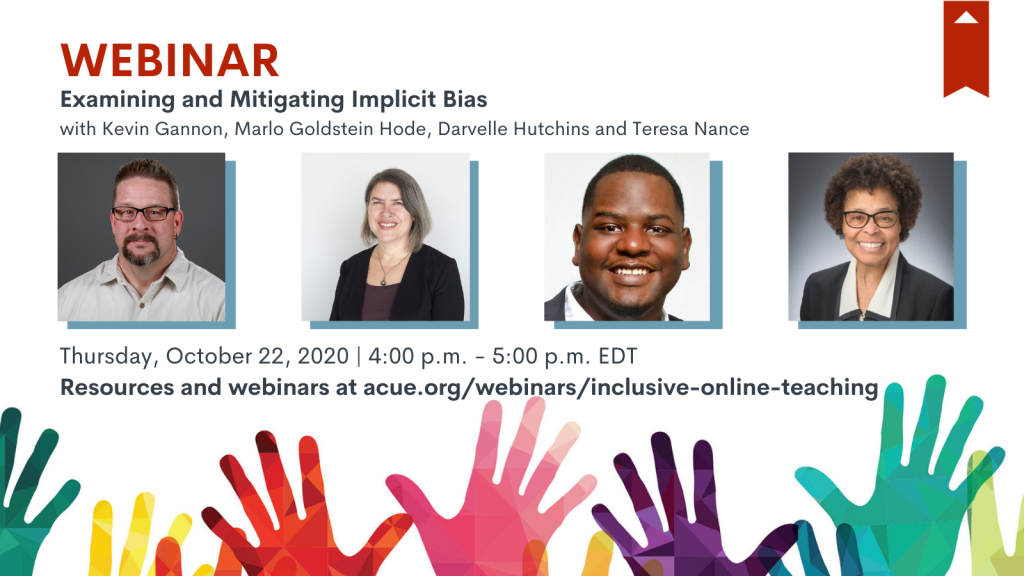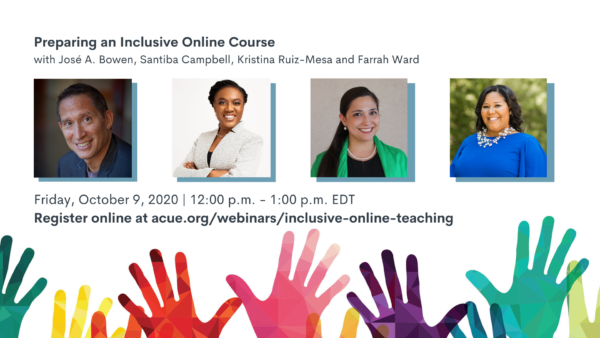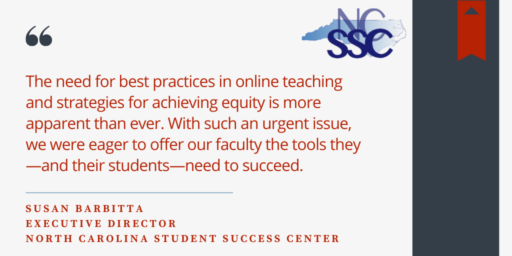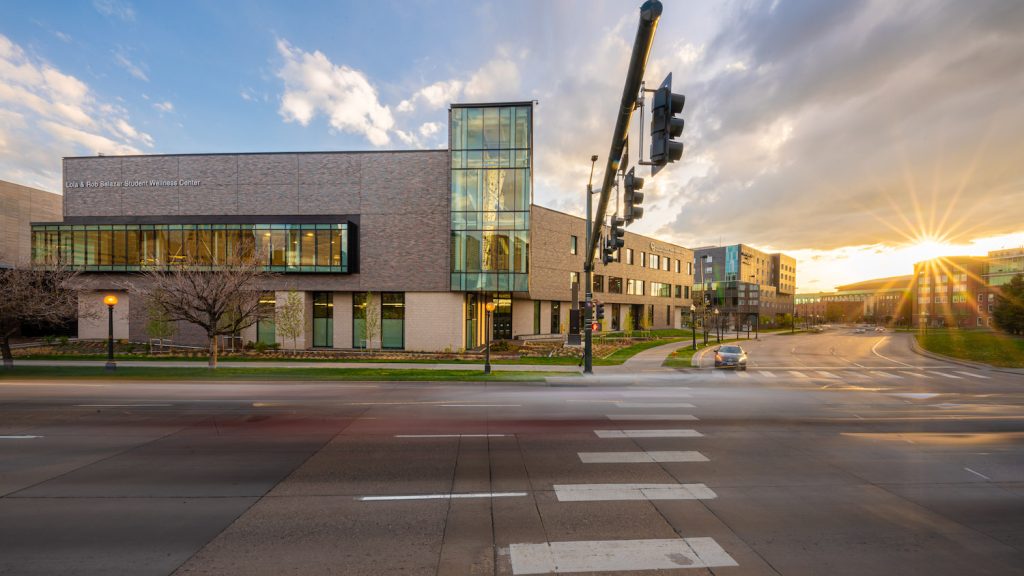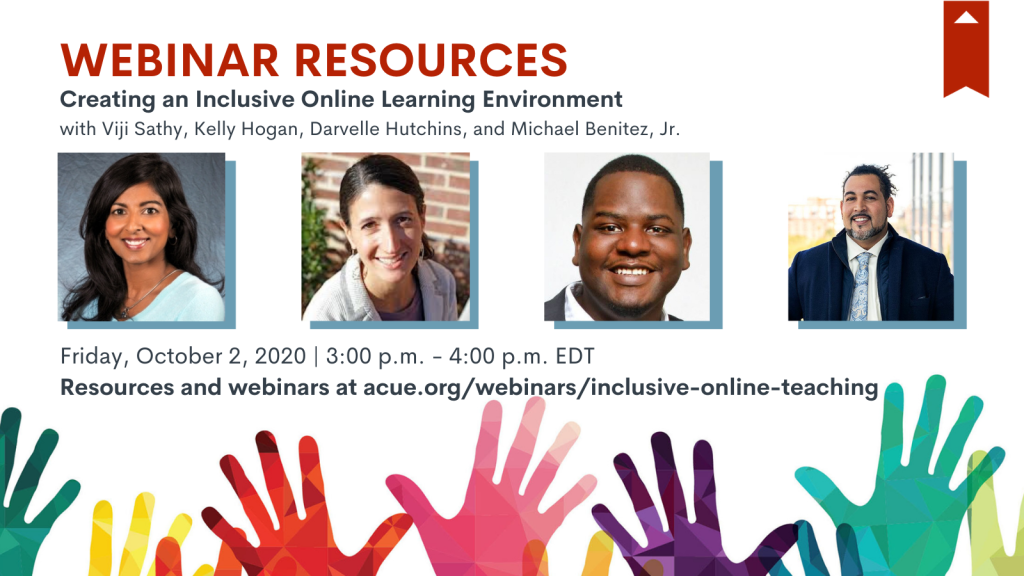Innovative Teaching for Success at CUNY
“We call ourselves the American Dream Machine,” Dr. Félix V. Matos Rodríguez, chancellor of the City University of New York (CUNY) said in the October 2, 2020 “Conversation on Student Success” part of the series produced by ACUE and the American Council on Education (ACE). Sherri Hughes, assistant vice president of professional learning at ACE, hosted the conversation.
Rodríguez, who first came to the CUNY system in 2000 as a faculty member, explained that many CUNY students come from minority, low-income, and/or first-generation backgrounds. When the COVID-19 pandemic disrupted higher education, the system was tasked not only with transitioning nearly 50,000 course sections to an online format, but also equipping students with the tools they need to continue their learning, such as computers and hotspots.
“We couldn’t leave anybody behind,” Matos Rodríguez said.
Since the beginning of the global crisis, Matos Rodríguez and CUNY have learned a lot of lessons. Pedagogy has always been a key strategic priority for the leader, and it has become all the more central in light of new challenges and already existing inequities.
Key Insights from the Conversation
Educators take pride in their teaching and are an integral part of building a culture of instructional excellence.
“Everybody is really proud of their teaching,” Matos Rodríguez said.
Matos Rodríguez noted that there’s a lot of skepticism about higher education right now, and the public needs to see that educators are serious about their teaching. This, he explained, will not only help an institution’s — and the entire industry’s — brand but also help students navigate career prospects.
“The focus on better teaching and better pedagogy is the right thing to do…and helps our students when they pursue jobs to advance as professionals,” he said.
Many faculty, he added, are eager to introduce students to career possibilities and help them create networks and build skills, work that can be integrated into courses.
Because faculty are central to institutional pedagogical efforts, Matos Rodríguez believes that they must be part of the conversation about how to improve them. At CUNY, faculty are asked about successful initiatives and how the process can be improved going forward.
“Faculty want students to feel the same passion for the work they do,” Matos Rodríguez opined.
Given support, faculty can not only adapt but also thrive.
CUNY is investing in its faculty, offering numerous opportunities for instructors to improve their teaching, especially in an online environment.
“All faculty want to teach better. Many of us just don’t get the training. Faculty are thankful for the opportunity to learn how to teach online,” Matos Rodríguez said. “They’re discovering aspects of online teaching they’re enjoying.”
He added that they also have more empathy and sensitivity to the situations students are experiencing having to learn from home.
“One of the positive things about the pandemic is more interest in pedagogy and teaching,” Matos Rodríguez said. “Faculty are challenging us to do more and dig deeper.”
Matos Rodríguez also emphasized the significant role that philanthropic partnerships play in catalyzing change across higher education. The Mellon Foundation, Carnegie Corporation of New York, and the Charles Koch Foundation — through a National Association of System Heads initiative — have all invested in CUNY to support student success through quality teaching.
Good teaching improves the community.
“One of the great prides I have being a CUNY family member is that we are an indispensable anchoring institution in New York City,” Matos Rodríguez said.
As an important institution in the city that was formerly the epicenter of the COVID-19 pandemic, he believes CUNY has a responsibility — and ability — to help New York recover. He pointed to the fact that the city now has a higher unemployment rate as a result of the stress to the economy, with many students who previously work in industries like hospitality now out of jobs.
“We can help rebuild the city in an equitable way,” Matos Rodríguez said, citing courses, training, partnerships, and other opportunities as ways of helping New York. “This is one of the reasons CUNY was created.”
The pandemic offers pedagogical lessons for the future.
Going forward, Matos Rodríguez hopes we don’t lose the lessons we’ve learned going forward — empathy and humility for one.
“I pray that we keep that human side and integrate it into the new normal,” he said. “That will make us far better educators and people and will make for a far better country.”
Matos Rodríguez also advised colleagues to use data gathered during this unprecedented period and think about how they can use it to innovate. CUNY, for example, has data from its partnership with ACUE that the system plans to use to show others how transformational it has been. Data can also be used to better support faculty.
“If we invest in our most important asset, faculty, we’ll get faculty that are happier and more motivated, and we’ll achieve better outcomes,” Matos Rodríguez said.
CUNY, for one, found a way to thrive in spite of obstacles: the system graduated over 56,000 students at the end of a tumultuous semester, sustaining a decade-long upward trend.
